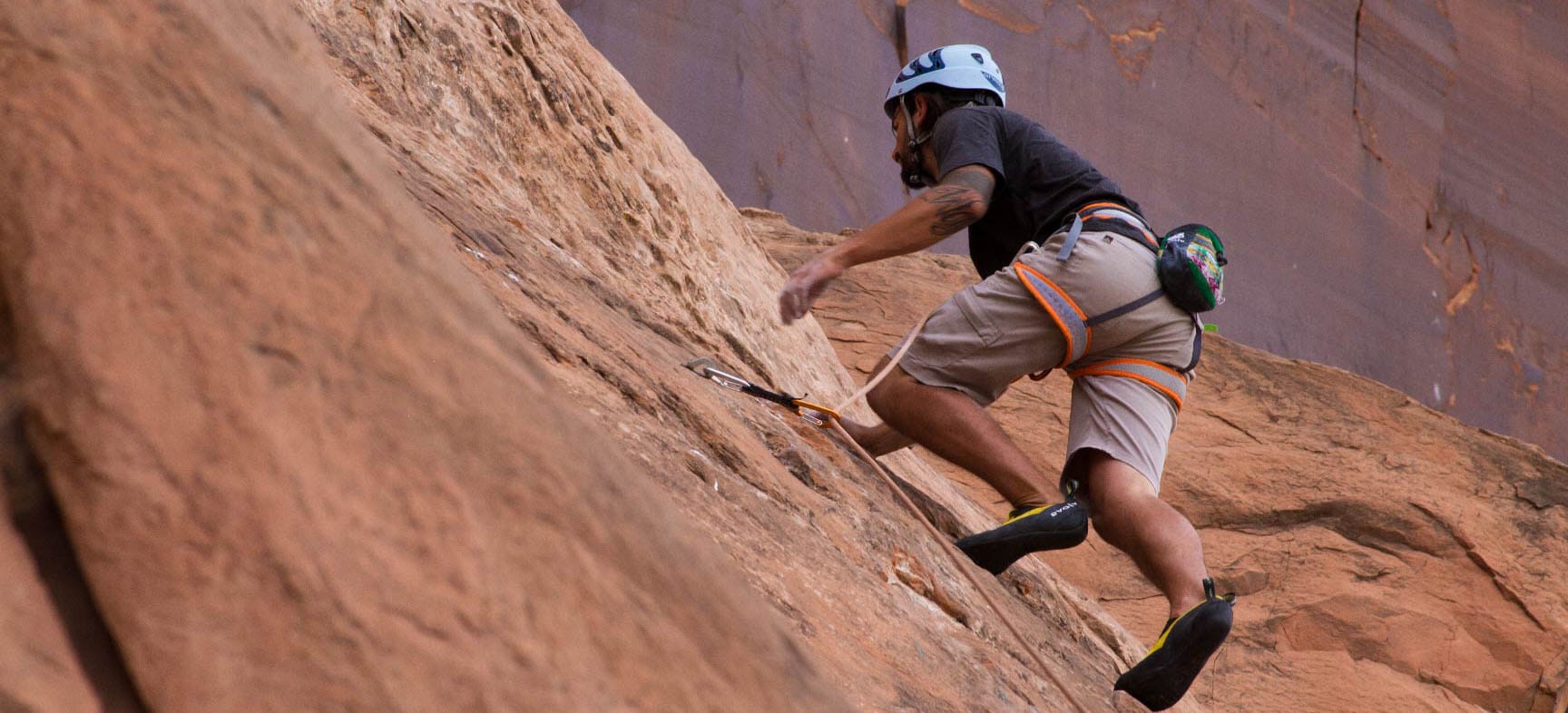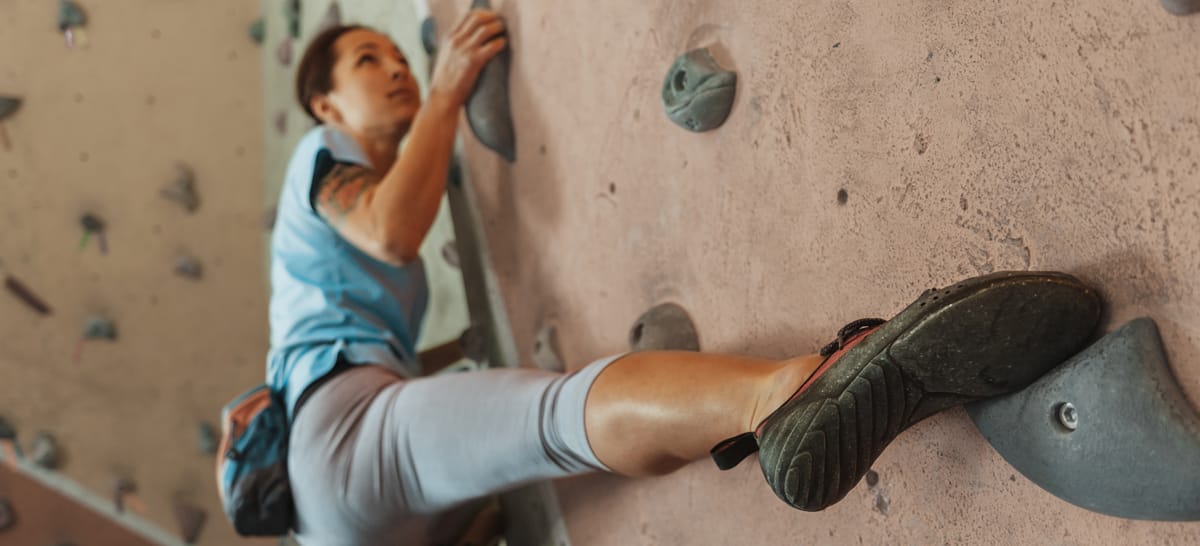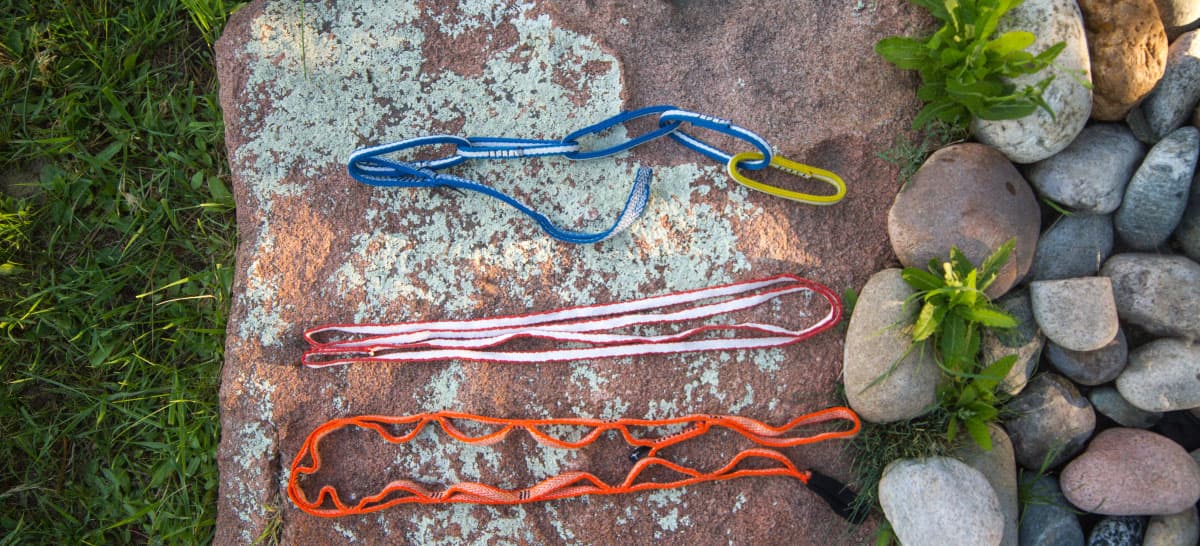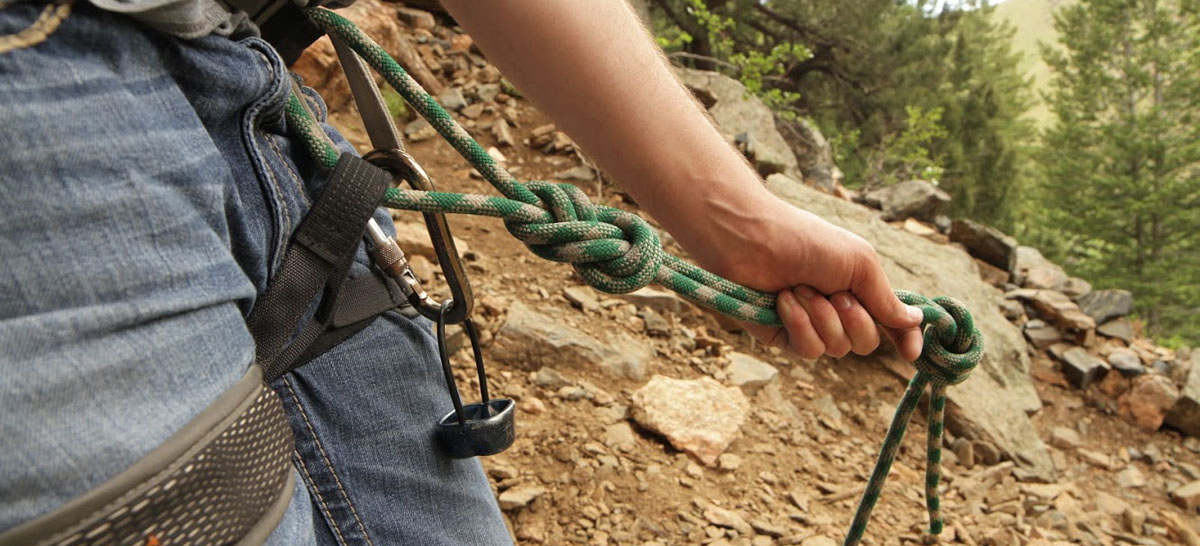What does kN mean?
kN stands for kilonewton, which is equal to 1,000 newtons (N). A newton is the measurement of the force needed to accelerate one kilogram of mass at the rate of one meter per second squared, in the direction of the applied force. Here are the equations that make a newton a newton:
Where F = force, m = mass, a = acceleration, kg = kilogram and s = second
Our Climbing Gear Buying Guide perfectly explains how the kN measurement comes to play in climbing:
One kN is equal to about 225 lbs. of force, or the strain of about 225 lbs. of weight hanging motionless without added force from falling. In other words, a 150-pound person hanging from a rope is exerting 0.67 kN on the rope and other connective gear. However, if that person fell 15 feet, they would put a much greater force on the equipment.
Most carabiners are rated to a minimum of 20kN on the major axis (closed gate), and even the most severe climbing fall exerts a maximum force of 5kN. So, 20kN is much more force than the worst possible fall in a climbing accident.
Where can you find kN ratings?
Whether you're just getting started at the climbing gym or ready to tackle a new route in the mountains, you need to understand what "kN" means and where to find the ratings that include it. The picture below illustrates where you can find kN ratings for climbing ropes, carabiners and other climbing gear on Sierra Trading Post spec sheets. You should be able to find the same information in the specs on other websites, as well. You can also find strength ratings directly on a carabiner's side.

Newton's Second Law of Motion
Why is a newton called a newton? To honor the great Sir Isaac Newton, of course! Specifically, the unit gets its name from Newton's second law of motion.

Whether you remember it or not, you learned Newton's laws of motion in school and they go like this:
First law: When viewed in an inertial reference frame, an object either remains at rest or continues to move at a constant velocity, unless acted upon by a net force.
Second law: In an inertial reference frame, the vector sum of the forces (F) on an object is equal to the mass (m) of that object multiplied by the acceleration vector (a) of the object, so F = m(a).
Third law: When one body exerts a force on a second body, the second body simultaneously exerts a force equal in magnitude an opposite in direction on the first body.
Remember the force equation that makes a newton a newton? It was first published by Sir Isaac Newton in his Mathematical Principles of Natural Philosophy in 1687. It has had its place in basic physics knowledge ever since. Newton's second law of motion has a huge influence on the sport of rock climbing, as well. It allows for safety standards and testing in climbing gear, and the safe enjoyment of the sport as a result.
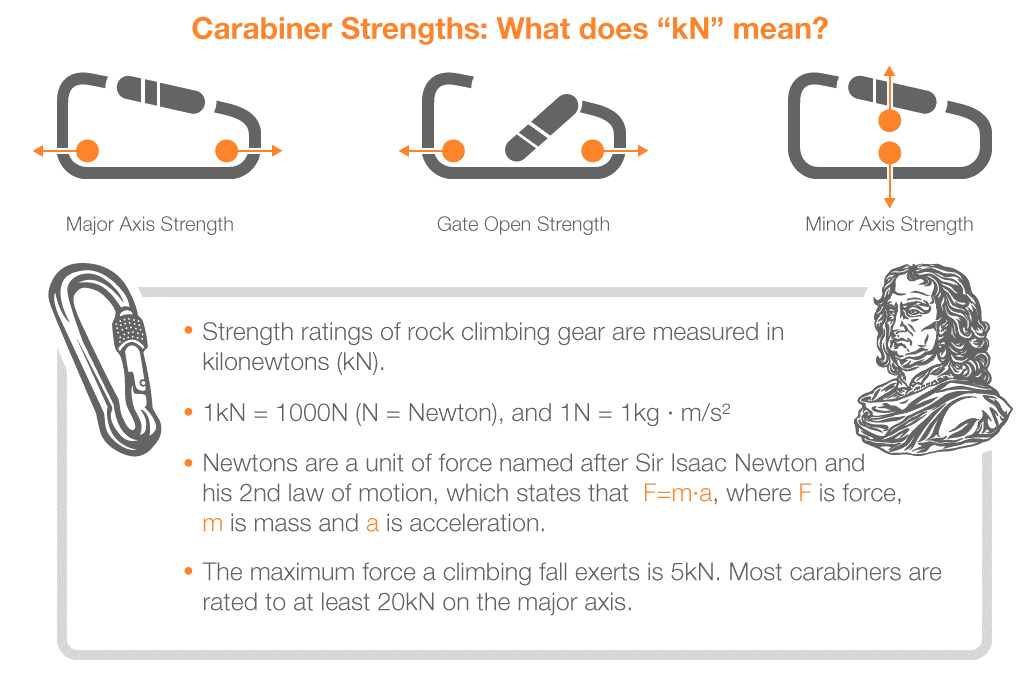
How can you tell if a carabiner is certified and safe for climbing?
When you're shopping for carabiners, it's important to know how to tell if the carabiner is safe, dependable and intended for the use you have planned for it. The easiest way to know a carabiner is reliable in climbing applications is to look for a laser-etched or forged "CE" and/or "UIAA" icons. The icons mean that the carabiner is certified for safe use based on standards that the UIAA (the international climbing and mountaineering federation) sets. You can find the certified icon on the side of the carabiner.
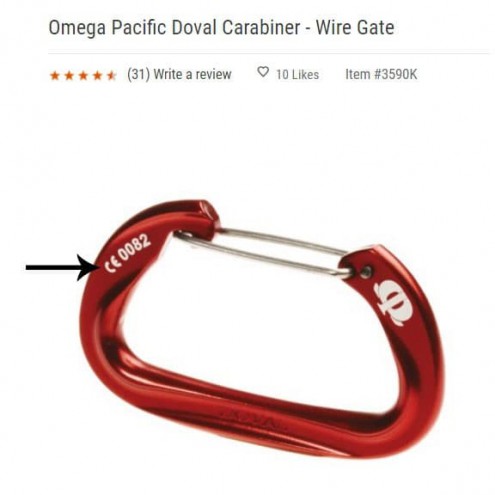
Climb on!
Now that you understand carabiner and climbing gear strength ratings, you can confidently buy and use carabiners, climbing ropes, quickdraws and other kinds of climbing gear. If you’d like more information about types of climbing and other kinds of climbing gear, check out our climbing guide.
That wraps up this installment of Sierra Trading Post Explores. I hope you learned a thing or two. Join me next month for another look into the lesser known aspects of your outdoor adventures and gear!
Want to read more about climbing? Check out these posts:
Climbing 101: Personal Anchor Systems, Runners & Daisy Chains
Play it Safe: Don't Mix Your Carabiners
Rock Climbing Grades Explained
DIY Climbing Chalk Ball
